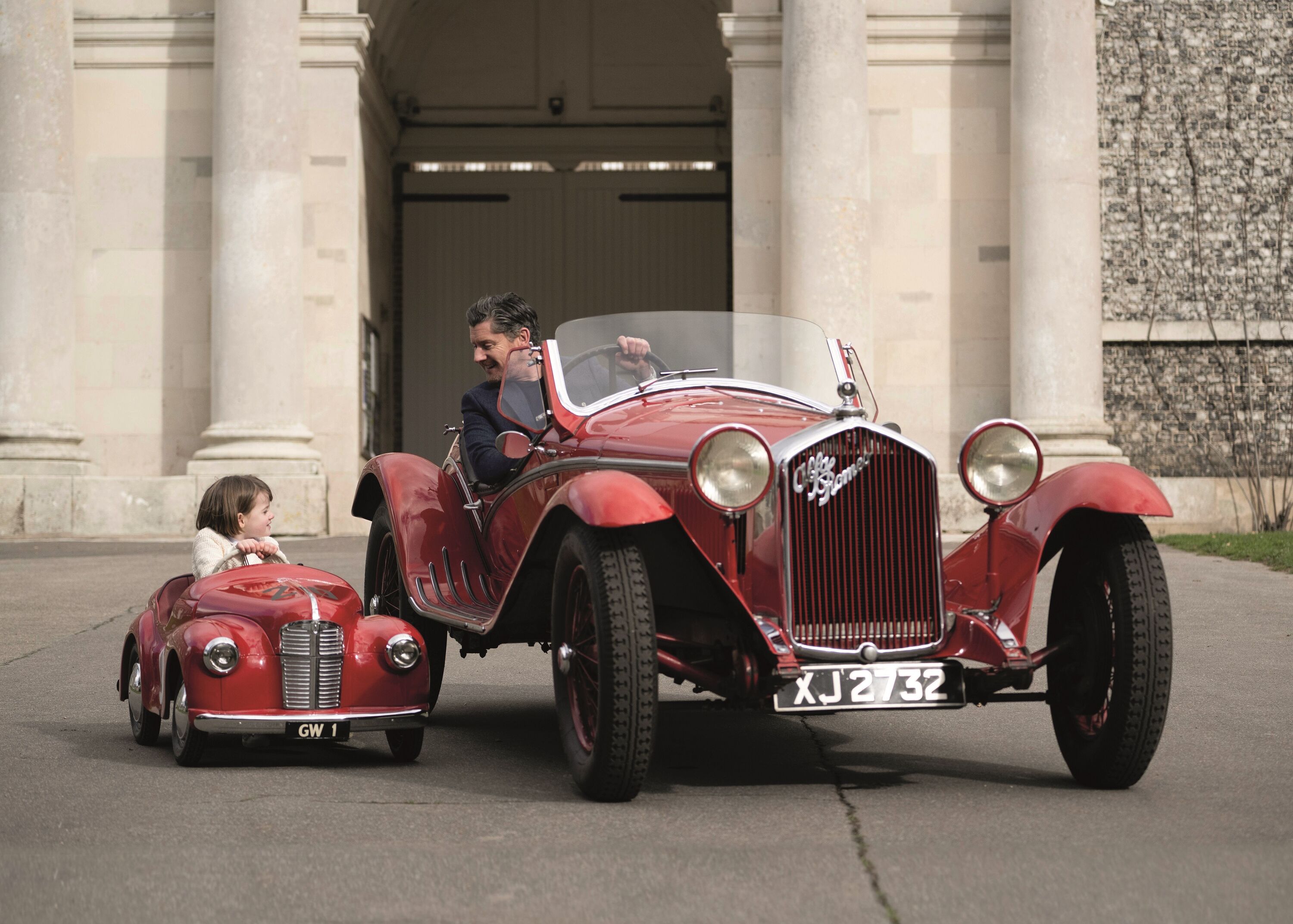Review: Ford Puma
When they first appeared no one really knew what a B-segment crossover actually was, far less who was going to buy one, or what they were going to do with it. If the original was Nissan's 2010 Juke, then wacky styling, along with compromised interior space and so-so dynamics were the pattern, but everyone else went their own way, from a supermini-on-stilts approach of Peugeot and Renault, to the slightly cheapskate approach of Ford with its EcoSport, an Indian Fiesta made to look like a tiny Jeep.
Thankfully the industry went away and did its homework for the second generation, the new Peugeot 3008 and Renault Captur have upped the game with attractive style and richly furnished cabins, new Juke is pretty good thing, too, and Ford has given us this, the all-new Ford Puma.

The name isn't new of course (the first Puma was a lovely two-door coupe, produced between 1997 and 2001), but the car certainly is. It's a crossover based on a stretched Fiesta and built at Ford’s Craiova plant in Romania. It's pretty good looking, too, with a Tonka Toy toughness. The launch specification is straightforward, with just a single drivetrain, a 1.0-litre, three-cylinder turbocharged petrol, with two power outputs, 125PS and 155PS, plus a 48-volt mild hybrid system – there will be a 1.5-litre turbodiesel later this year.
Prices start at £20,845 for the Titanium trim level, riding on 17-inch wheels, with folding door mirrors, pre-collision braking with pedestrian and cyclist recognition, wireless phone charging, rear parking sensors, a sat-nav with an eight-inch touch screen, a Quickclear windscreen as well as massaging seats, auto air conditioning and cruise control. This is well specced for a base model, but is this is still an expensive gussied-up Fiesta? The more comprehensively equipped ST Line and top-model ST Line X increase the price to the mid-twenties, with the ST-Line X First Edition as tested coming in at £27,345. Ouch.
Augmenting Ford's familiar three-pot turbo triple is a hybrid system comprising a beefed-up starter/generator driven by a front belt drive. It stores braking energy in a lithium-ion battery and supplements or replaces the engines’ torque output with an additional 50Nm (37lb ft) when pulling away or overtaking to boost performance, or fuel economy, or both. Ford claims it gives 50 per cent more torque at low engine speeds and allows the use of a lower compression ratio and a bigger turbo to increase top-end power. The engine can also cut one cylinder on light throttle loadings to increase economy.

The cabin feels spacious and airy, with lots of storage space around the passengers. The big-ticket items on the facia (instrument binnacle, touch screen, steering wheel and gear lever) are perfectly acceptable for the class, but the plastics that link them are harsh and scratchy, especially compared with French rivals.
There's novelty there, though. The seat covers zip out and can be put in the washing machine. The boot is clever, too, with a luggage cover which folds up with the hatchback and a floor that can be mounted at different heights. There's also a big (80-litre), hose-out bin under the boot floor, which replaces the spare wheel. This hidden, water-resistant volume even has a bath plug in the base so you could use it as a beer fridge for picnics.
You sit high in the driver's seat even at its lowest setting, but the car doesn't feel that high. This means you physically sway into the turns, and since the seats have little in the way of side support, you have to hold yourself up.
The controls and switches are straight out of the Ford parts catalogue, so they’re tough, simple and mostly easy to use. The instrument binnacle is digital, but has a clarity that Ford's more conventional instruments lack. The central screen takes a little learning, though, especially the DAB controls, which require an understanding of the multiplex or ensemble storing of DAB radio stations. There are carry-over steering-wheel buttons which control cruise control, audio and information displayed.
With its extra electric torque, the engine pulls hard from low on the rev counter. As the Americans say, however, there's no substitute for cubes and this boosted 1.0-litre isn't a patch on Ford's 1.5-litre turbo triple Dragon engine, fitted to larger models including Focus. On occasions Puma feels classically turbocharged, with a slight turbo lag on the throttle at the top end of the rev counter, a tendency to dump boost between gear changes and a strange delay in recharging effect when you lift off the throttle, which is almost like a double tap on the brake pedal. It's a bit noisy when you press on, but it's by no means a bad noise. WLTP Combined fuel consumption is 53.3mpg and CO2 emissions are 127g/km.
With the Fiesta's suspension system, the 1.2-tonne Puma isn't the most sophisticated riding car, but the ST Line X gets uprated springs and dampers, anti-roll bar and specially engineered rear twist beam, which helps calm things. The ride is acceptable and while there's a lot of initial body movement and roll, it is well controlled. The steering is beautifully progressive and accurate and that makes this car more fun to drive than it has any right to be. The brakes have a strong initial bite, but tend to lose effectiveness on long descents.

Ford decided that its B-segment SUV should be a spacious and modern looking family hatchback and that's exactly what it has delivered. What's more the Puma has more novel innovations than a Škoda, cabin accommodation to match cars from the next segment up and a massive boot, plus it drives pretty well.
Why base it on a Fiesta and not the larger Focus? Sigurd Limbach Puma's vehicle line director says: "Coming up from a Fiesta means we have a lower cost base and are adding to it, rather than coming down from a more expensive Focus base where we would be taking things out, which is more expensive.” He admits, however, that Romania's lower wage costs have benefit, too.
If the hard assessment of a pro road tester makes the Puma sound like an also ran, then think again. There's a buzz about this car I've not seen at Ford for many years and Puma feels special and different from its rivals; it might just be another hit for the blue oval .
Ford Puma 1.0-litre EcoBoost Hybrid Specifications
- Price: £22,895 as tested (range starts at £20,545)
- Engine: 1.0-litre, turbocharged three-cylinder petrol
- Power/torque: 155PS (153bhp) @ 6,000rpm/240Nm (177lb ft) @ 3,000rpm
- Transmission: Six-speed manual, front-wheel-drive
- 0-62mph: 9.0 seconds
- Top speed: 127mph
- Kerb weight: 1,280kg
- Economy: 47.8mpg
Review
Ford
Puma









